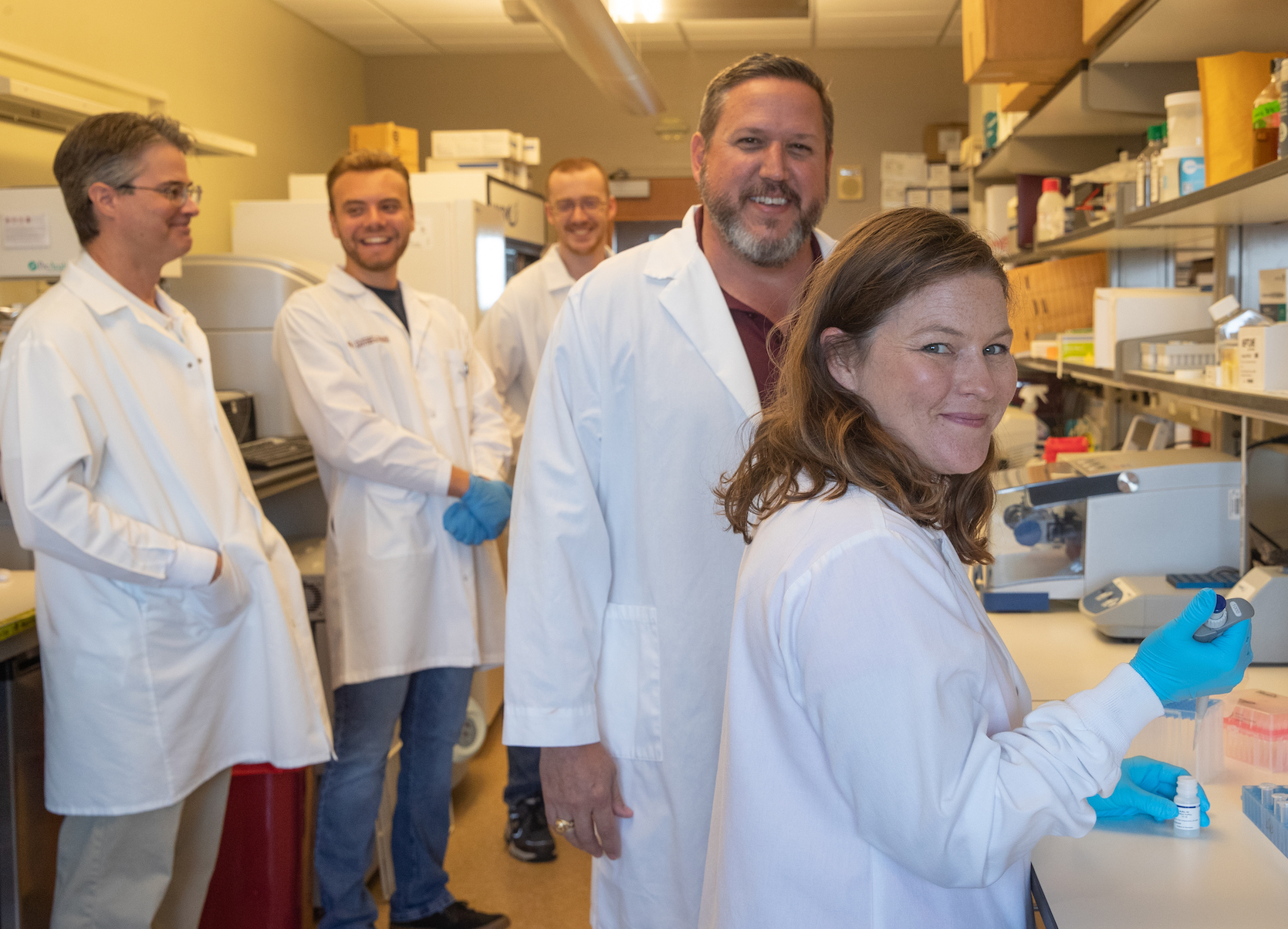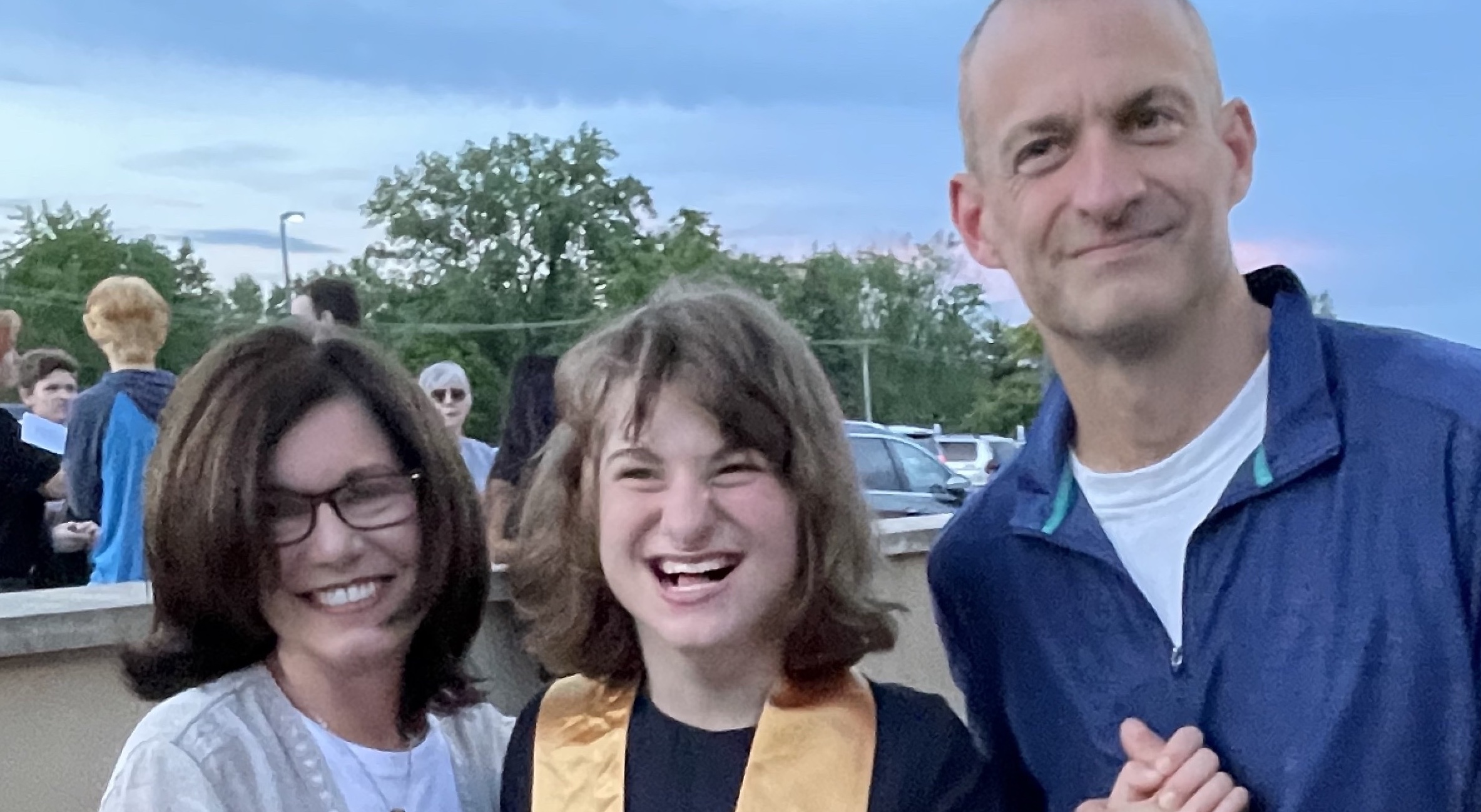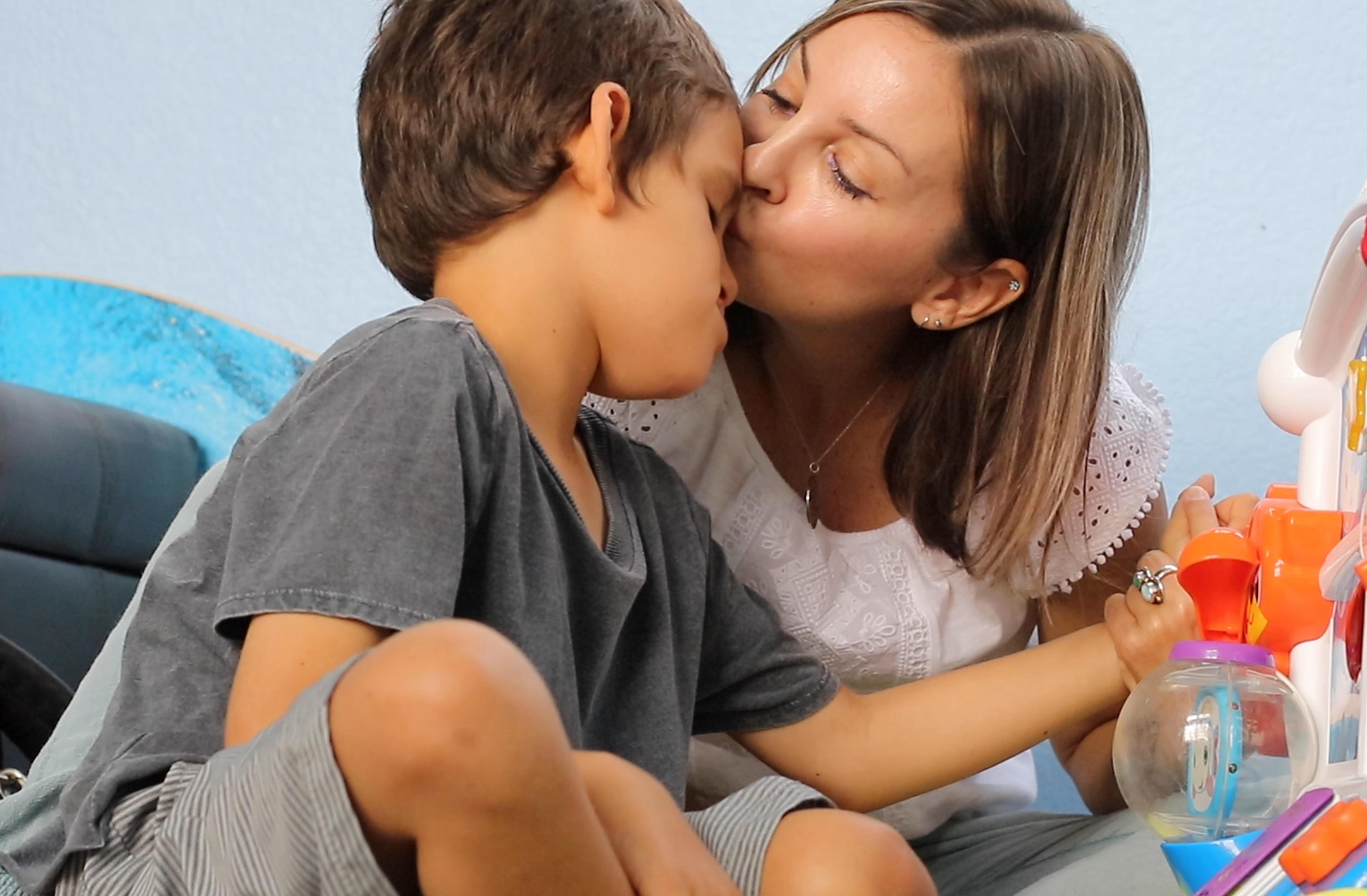A newly published paper in Science Translational Research highlights the work led by Texas A&M University faculty member and Ultragenyx researcher Dr. Scott Dindot and his team on the biology of Angelman syndrome (AS) and the discovery of a novel investigational therapy. In the paper, Dr. Dindot and his co-authors describe the research that went into identifying the optimal region to target on the gene responsible for AS and the development of GTX-102, currently being evaluated in a Phase 1/2 clinical study. GTX-102 is the first potential therapeutic for Angelman syndrome to reach this stage of clinical development and if approved would become the first-ever treatment for the underlying genetic cause of this devastating rare disease.
Moving forward, our research and findings not only offer promise for AS but also provide a path forward for developing ASO therapies for other genetic disorders
“Moving forward, our research and findings not only offer promise for AS but also provide a path forward for developing ASO therapies for other genetic disorders,” said Dr. Dindot.
More on the full story of how GTX-102 went from concept to the clinic can be found on our blog here.
For more information on this week’s publication, please find the full press release from Texas A&M University below.
Carolyn Wang is senior vice president of global corporate communications at Ultragenyx
Press Release: Texas A&M Researchers Detail Groundbreaking Angelman Syndrome Development
A new publication explains the novel science behind the first molecular therapeutic for the rare neurogenetic disorder to advance into clinical development
March 22, 2023
Researchers at Texas A&M University have developed the first molecular therapeutic for Angelman syndrome to advance into clinical development.
In a new article, published today in Science Translational Medicine, Dr. Scott Dindot, an associate professor and EDGES Fellow in the Texas A&M School of Veterinary Medicine & Biomedical Sciences’ (VMBS) Department of Veterinary Pathobiology, and his team share the process through which they developed this novel therapeutic candidate, also known as 4.4.PS.L, or GTX-102. Dindot is also the executive director of molecular genetics at Ultragenyx, which is leading the development of GTX-102.
Angelman syndrome (AS) is a devastating, rare neurogenetic disorder that affects approximately 1 in 15,000 live births per year; the disorder is triggered by a loss of function of the maternal UBE3A gene in the brain, causing developmental delay, absent speech, movement or balance disorder, and seizures.
There are no approved therapies for AS, and the current standard of care is focused on behavioral therapy and controlling specific symptoms, specifically the seizures that often affect patients with AS.
In healthy individuals, the copy of the UBE3A gene inherited from the mother is expressed in the brain and the copy of the UBE3A gene inherited from the father is turned off by another gene, called the UBE3A antisense (UBE3A-AS) transcript.
Individuals living with AS have mutations that affect the expression or function of the maternal copy of UBE3A and, as a result, they lack the UBE3A protein in their brain. Dindot and his team began their research looking for a way to prevent the silencing of the paternal UBE3A gene and reactivate expression of the deficient protein.
In their research, Dindot and his team used different genomic approaches to understand how the UBE3A-AS transcript is regulated in the brain. Their work uncovered a previously unknown region in UBE3A-AS that they believe represents the ancestral origin of the gene in mammals. They also believe this region plays a key role in regulating the expression of UBE3A-AS.
“Parts of this region have remained unchanged for over 30 million years,” Dindot said. “The UBE3A-AS transcript is an incredibly complex gene. What it is and how it is regulated has been debated for years.”
The team then developed antisense oligonucleotides (ASOs) — small synthetic molecules comprising DNA and RNA — to target the conserved region in the UBE3A-AS transcript. ASO drugs work by binding to a target RNA and cutting it, causing the gene to stop making the RNA.
The team found that ASOs targeting the conserved region effectively turned off UBE3A-AS, which, in turn, reactivated the expression of the paternal UBE3A allele. The studies show that the ASOs reactivated the expression of the paternal UBE3A allele and increased UBE3A protein in cultured neurons from individuals with AS.
As a result of this research, Dindot developed the lead compound referred to as GTX-102, which is now in clinical development.
“We used a novel approach to designing the ASOs, targeting a very specific part of a gene rather than just giving a drug to treat a symptom,” Dindot said. “In theory, this treatment goes after the heart of the condition.”
Interim data from a phase 1/2 clinical trial of GTX-102 in the United States, United Kingdom, and Canada have previously indicated that the compound has demonstrated “meaningful improvement” in pediatric patients afflicted with AS.
“Moving forward, our research and findings not only offer promise for AS but also provide a path forward for developing ASO therapies for other genetic disorders,” Dindot said.
###







